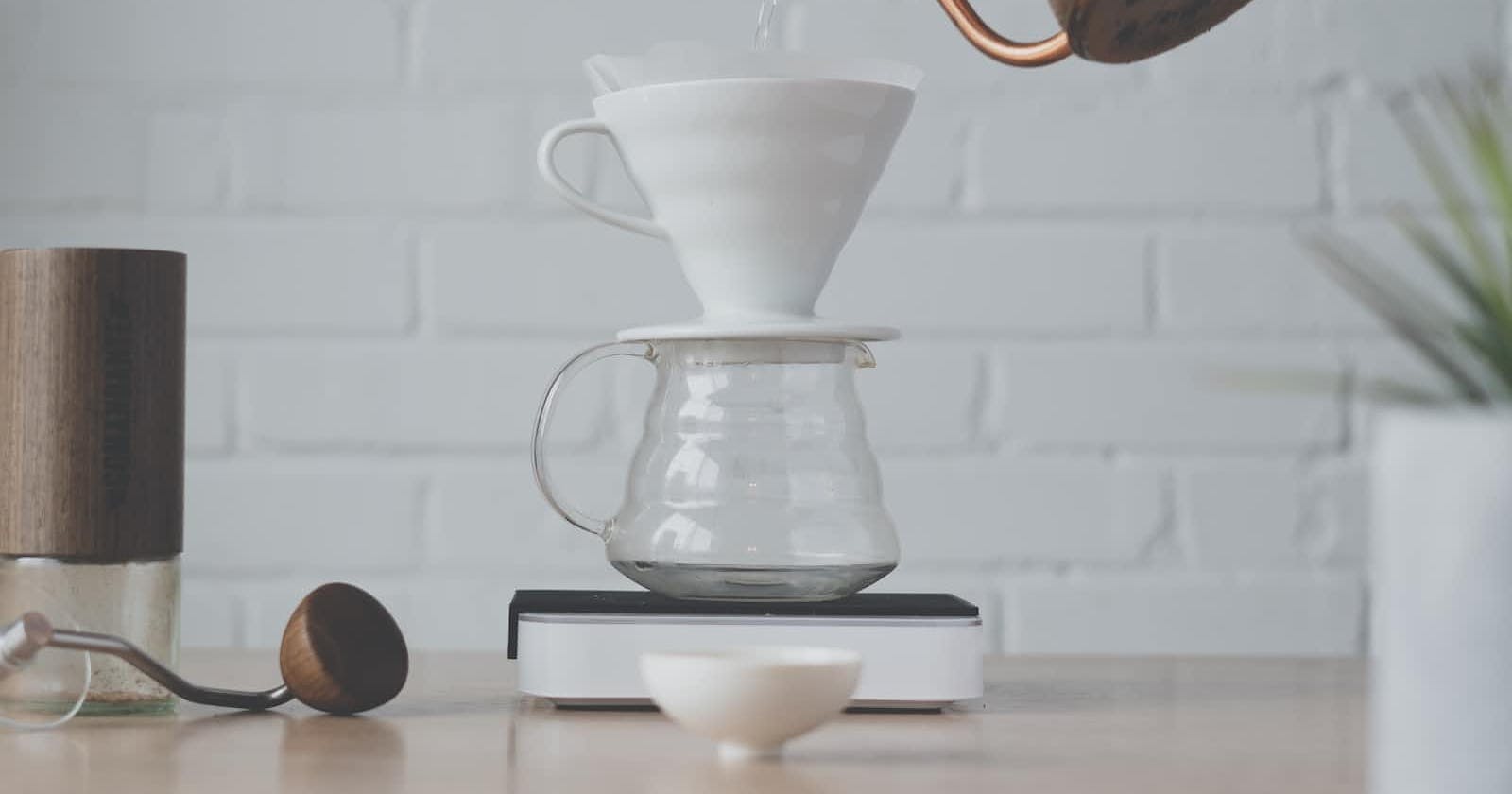I. Introduction
Home coffee roasting has gained popularity among coffee enthusiasts who seek to explore the art of roasting and enjoy freshly roasted beans in the comfort of their own homes. Roasting coffee at home allows for greater control over the roasting process and the opportunity to experience the unique flavors and aromas that freshly roasted coffee offers. In this article, we will delve into the world of home coffee roasting, discussing the benefits, methods, and tips to get started.
II. Benefits of Home Coffee Roasting
Freshness: Home coffee roasting ensures that you have access to the freshest coffee possible. Roasting your own beans means you can enjoy them at their peak flavor, just days after roasting, unlike store-bought coffee, which may have been roasted weeks or months ago.
Customization: By roasting your own coffee, you have the freedom to customize the roast level to your preference. Whether you prefer a light, medium, or dark roast, you can tailor the roast to suit your taste and experiment with different flavors.
Variety: Home roasting opens up a world of variety. You can explore different coffee beans from various regions, experiment with different processing methods, and create unique blends according to your personal preferences.
Cost Savings: Buying green coffee beans in bulk and roasting them at home can be more cost-effective in the long run compared to purchasing pre-roasted coffee. It allows you to control your expenses while enjoying high-quality coffee.
III. Methods of Home Coffee Roasting
Stovetop Method: The stovetop method involves using a stovetop popcorn popper or a specialized stovetop coffee roasters. It is a simple and affordable way to roast coffee beans at home. You place the green coffee beans in the popper, heat them over the stovetop, and manually agitate the beans until they reach the desired roast level.
Hot Air Popper Method: Hot air poppers, commonly used for popcorn, can also be repurposed for home coffee roasting. The hot air produced by the popper circulates the beans, roasting them evenly. This method requires careful monitoring and adjustments to achieve the desired roast.
Home Roasting Machines: Dedicated home coffee roasting machines are available on the market, offering more advanced features and control. These machines allow you to set precise temperature and time parameters, ensuring consistent and repeatable results.
DIY Methods: Some coffee enthusiasts prefer to build their own roasting setups using various tools and equipment, such as modified popcorn makers, heat guns, or even modified barbecue grills. DIY methods offer flexibility and the opportunity for creative experimentation.
IV. Tips for Home Coffee Roasting
Start with Small Batches: Begin with smaller batches of green coffee beans until you become more comfortable with the roasting process. This allows you to practice and make adjustments without wasting large amounts of beans.
Understand Roast Levels: Familiarize yourself with different roast levels and their characteristics. Light roasts preserve the bean's original flavors, while dark roasts offer bolder, smokier notes. Experiment with various roast levels to find your preferred taste profile.
Pay Attention to Bean Color and Aroma: During the roasting process, monitor the color and aroma of the beans carefully. They are reliable indicators of the roast progress and can help you determine when to stop the roasting process.
Allow for Proper Cooling: After roasting, ensure that the beans are properly cooled to halt the roasting process and stabilize the flavors. Spread the roasted beans on a cooling tray or a baking sheet, gently agitating them to accelerate the cooling.
Store and Rest: Once the beans have cooled, store them in airtight containers away from light, heat, and moisture. Allow the roasted beans to rest for at least 24 hours before grinding and brewing to allow the flavors to develop fully.
Also Read: Commercial Coffee Roasters
V. Conclusion
Home coffee roasting provides a rewarding and immersive experience for coffee enthusiasts. It offers the opportunity to discover the nuances of coffee flavors, customize roast levels, and enjoy the freshest cups of coffee possible. With a variety of methods available, you can choose the approach that suits your preferences and embark on an exciting journey of home coffee roasting.
VI. FAQs
Is home coffee roasting difficult to learn?
- Home coffee roasting requires practice and experimentation, but it is a skill that can be learned. Start with small batches and gradually refine your technique as you gain experience.
Where can I source green coffee beans for home roasting?
- Green coffee beans can be purchased from specialty coffee shops, online retailers, or directly from coffee farmers and importers. Look for reputable sources that offer high-quality beans.
How long does the home coffee roasting process take?
- The duration of the roasting process can vary depending on the method used and the desired roast level. It typically ranges from 10 to 20 minutes, including cooling time.
Can I roast different coffee beans together?
- While it is possible to roast different coffee beans together, it is generally recommended to roast them separately to ensure even roasting and prevent flavor blending.
What should I do if the beans are under-roasted or over-roasted?
- If the beans are under-roasted, you can continue roasting them for a bit longer until you achieve the desired roast level. If they are over-roasted, consider adjusting the roast time or temperature for future batches.


